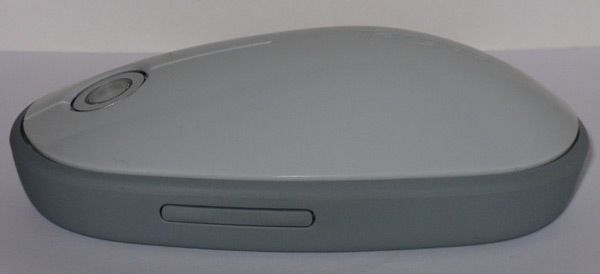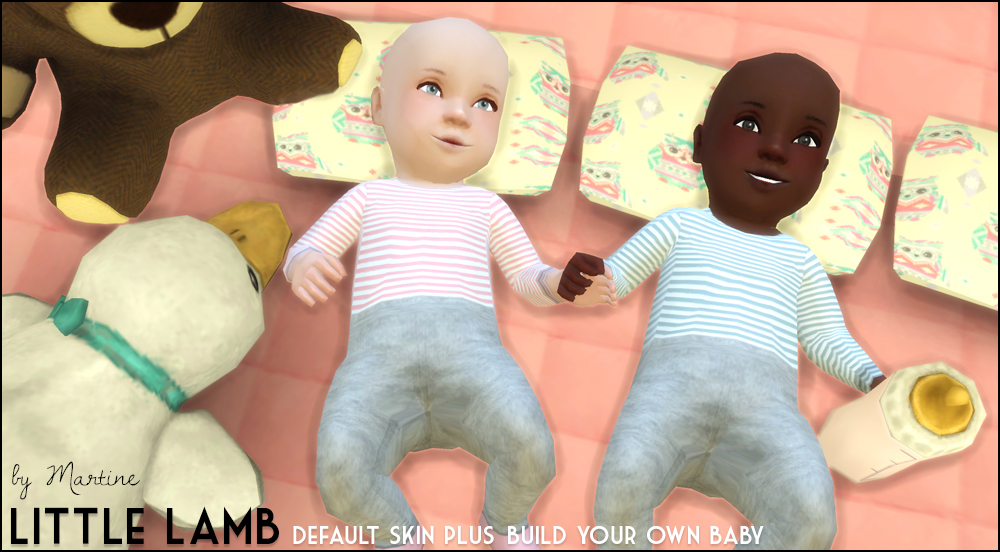

TRANSCRIVA 2 SERIES
For example, in a recording of a poetry reading event one may hear, first, a speaker deliver an introduction to the event, followed by the poet stepping up to the podium to read a series of poems from a book. By signature moments we mean moments that signify important discrete sections in the audio.
TRANSCRIVA 2 SOFTWARE
During the first listening, use a transcription software of your choice (we recommend Transcriva) and produce a time-stamped account of the contents of the audio artifact, noting with time stamps what we call discrete signature moments during the recorded audio event. If the digital file you are listening to was originally an analogue tape, for instance, that tape may have been used to capture a single event (say, a poetry reading that lasted an hour), or it may have been used to capture multiple events recorded at different times. In listening to an archival recording for the purpose of cataloguing, the goal, in the first instance, is to capture a sense of the nature and overall contents of the recording in question.
TRANSCRIVA 2 HOW TO
A note on listening: Given that some of the information that we will be including in our description will come from listening to the contents of the recordings themselves, a few initial points about how to listen, and what to listen for, are in order.This will entail following a specific style of entering information into the relevant field categories, and may also entail seeking the information that you’ll need to fill in, either by examining the artifact, listening to the audible content of the sound recording, or by consulting external sources (i.e. You will engage in describing each artifact in the collection using the fields that comprise the SpokenWeb Metadata Scheme.More information about how to do this appears below in the “Photographing Archival Assets” section. It will be important to identify and retain images about the collection as a secondary source of information, and these images may also be integrated into digital presentations of the collection down the road. Where possible, you will photograph the analogue assets (tapes, reels) and their containers.This form will be a Google Sheet during the testing phase of our processing located here ( ), and then we will develop an online system with fields that you will use to input your descriptive information. You will also require a computer while processing the collection so that you can input your metadata (data about the audio data) into our SpokenWeb Metadata Scheme form. You will access and handle the collection and the artifacts through your local library or research center.In most cases, in order to properly capture the information about the collection you will be describing with the SpokenWeb Metadata Scheme, you will engage in the following activities: The nature and state of a collection, will have an impact on the way and ease with which you are able to catalogue the artifacts and objects in it. Some have been processed to some extent already using a different kind of cataloguing or metadata scheme, and others may never have been organized before. Some have been born via analog media technologies (tape recorders, for example), some have been “born digital” (recorded as digital files directly onto flash or hard drives), and some may be a mixture of the two. This lets you keep your media where you choose, and keep your transcripts organized.Collections can differ from each other significantly. Your transcripts 'point to' the media files with which they are associated. Like Address Book, iTunes, iPhoto, and many other great applications, Transcriva keeps all your transcripts in one place, a central database. Disparate documents scattered about your volumes are a thing of the past. Transcriva is now a 'library-based' application. You do the typing, Transcriva takes care of the rest.
TRANSCRIVA 2 TV
Whether it's your meeting minutes, interviews, lectures, home movies, dictation, speeches, or your favorite TV show, Transcriva can help you transcribe them all. Transcriva is transcription software for the Mac.

Provides the ability to slow the music without changing its pitch, to analyse chords, and show which notes are present. Assists in working out the finer points of a recording without having to use cassette tapes, pianos or guitars - just use your trusty Mac. Offers many features aimed at making the transcription job smoother and easier, including the ability to slow down the music without changing its pitch, and to analyse chords and show you what notes are present.

Is an assistant for working out a piece of music from a recording.


 0 kommentar(er)
0 kommentar(er)
